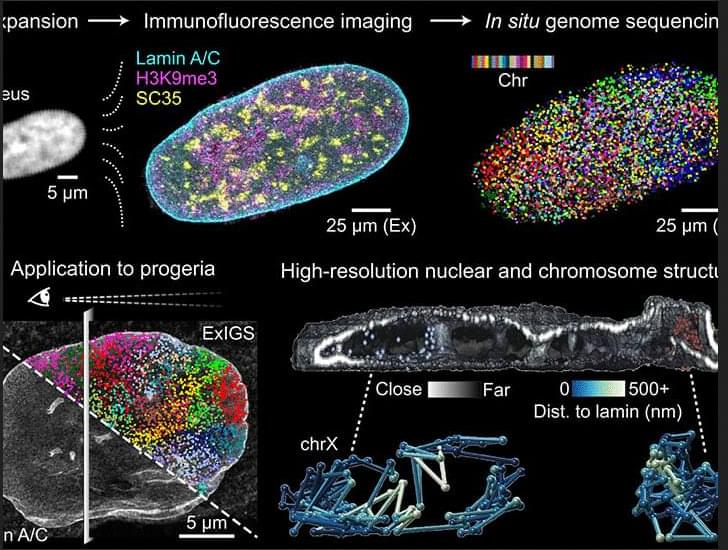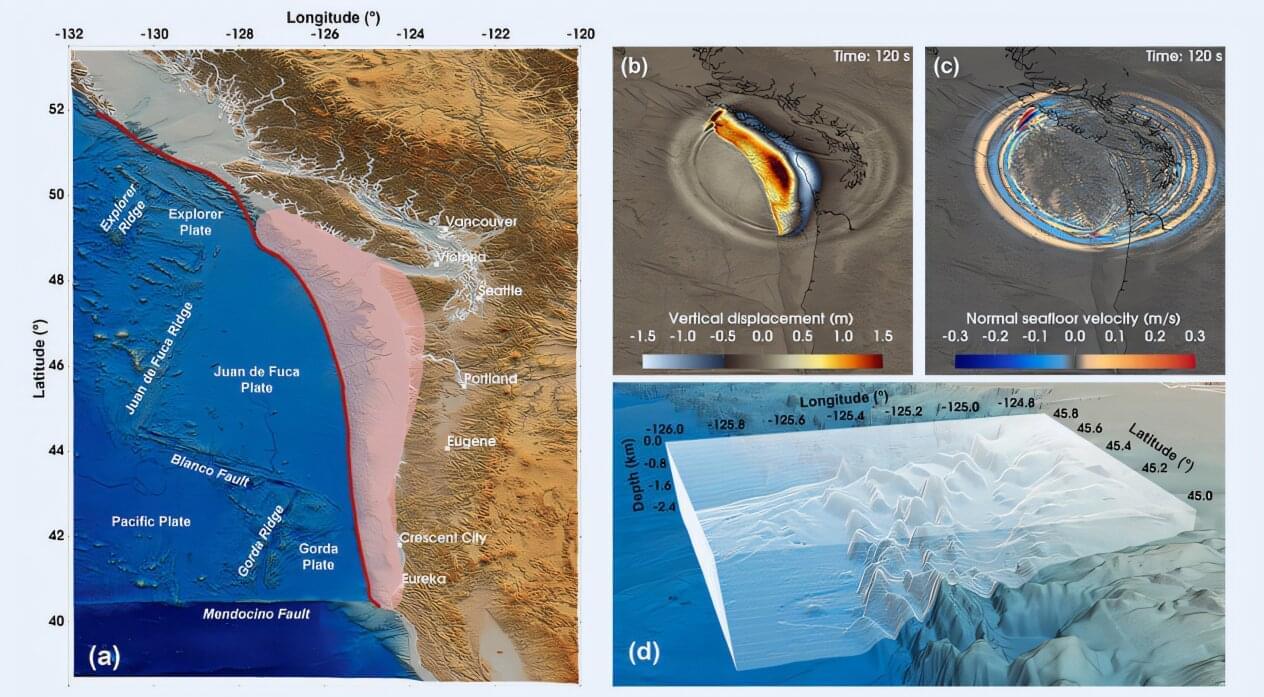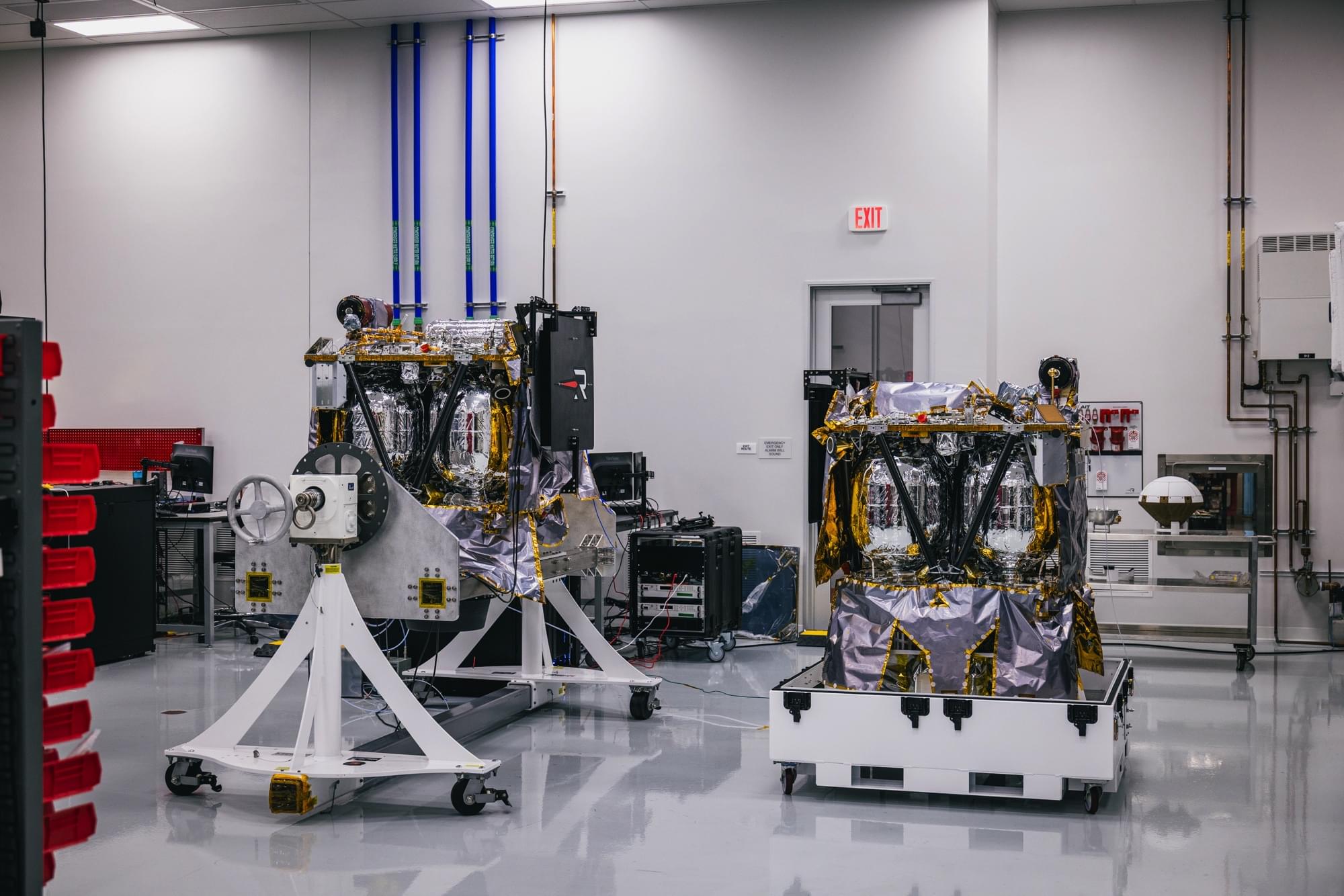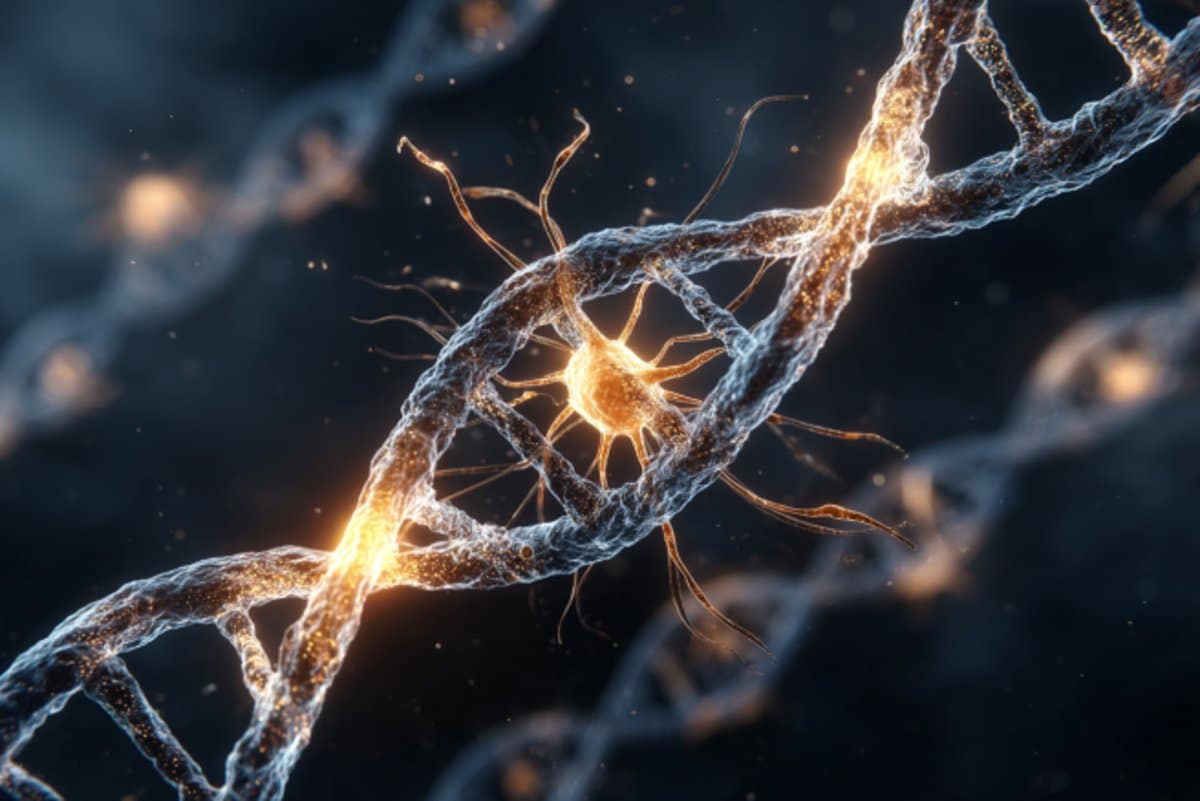A lab-grown brain that mimics real brain function may offer breakthroughs in autism, schizophrenia, and mental health drug testing.
Get the latest international news and world events from around the world.

Scientists Identify How Young Blood Reverses Aging in Human Skin Cells
The idea of taking blood from the young to rejuvenate the elderly is getting an increasing amount of attention from scientists, and a new study has shown how some of the youthful properties of our skin can be restored with this kind of blood swap.
A special 3D human skin model was set up in the lab by researchers, who then tested the effects of young blood serum on the skin cells. By itself, the serum had no effect, but when bone marrow cells were added to the experiment, anti-aging signals were detected in the skin.
It appears that the young blood serum interacts with the bone marrow cells in specific ways to roll back time in skin cells. The study was led by scientists from Beiersdorf AG, a skin care company in Germany, who say their findings have huge potential in helping us understand anti-aging mechanisms.

Expansion in situ genome sequencing links nuclear abnormalities to aberrant chromatin regulation
Great paper which combines expansion microscopy and in situ genome sequencing to map chromatin structure and selected protein targets in cellular nuclei. ExIGS was then used to explore how lamin protein and genome organization within nuclei changes during aging. #systemsbiology
Microscopy and genomics are used to characterize cell function, but approaches to connect the two types of information are lacking, particularly at subnuclear resolution. Here, we describe expansion in situ genome sequencing (ExIGS), a technology that enables sequencing of genomic DNA and super-resolution localization of nuclear proteins in single cells. Applying ExIGS to progeria-derived fibroblasts revealed that lamin abnormalities are linked to hotspots of aberrant chromatin regulation that may erode cell identity. Lamin was found to generally repress transcription, suggesting that variation in nuclear morphology may affect gene regulation across tissues and aged cells. These results demonstrate that ExIGS may serve as a generalizable platform with which to link nuclear abnormalities to gene regulation, offering insights into disease mechanisms.
Columbia’s radiation-proof chip built to decode the universe at CERN
A new specialized, radiation-hardened chip has been designed for CERN’s Large Hadron Collider (LHC) upgrade.
Engineers at Columbia University have developed this analog-to-digital converter (ADC) chip.
The custom-designed chips will be used in the ATLAS detector to measure up to 1.5 billion particle collisions per second.



Scientists explore real-time tsunami warning system on world’s fastest supercomputer
Scientists at Lawrence Livermore National Laboratory (LLNL) have helped develop an advanced, real-time tsunami forecasting system—powered by El Capitan, the world’s fastest supercomputer—that could dramatically improve early warning capabilities for coastal communities near earthquake zones.
The exascale El Capitan, which has a theoretical peak performance of 2.79 quintillion calculations per second, was developed at the National Nuclear Security Administration (NNSA). As described in a preprint paper selected as a finalist for the 2025 ACM Gordon Bell Prize, researchers at LLNL harnessed the machine’s full computing power in a one-time, offline precomputation step, prior to the system’s transition to classified national-security work. The goal: to generate an immense library of physics-based simulations, linking earthquake-induced seafloor motion to resulting tsunami waves.
The paper is published on the arXiv preprint server.

Scientists Say the Universe Might Be a HOAX — Here’s Why
Which leads us to a strange but necessary question:
If the universe is just structure — just syntax — then where’s the meaning?
Because that’s what we’ve been trying to find all along, isn’t it? Not just patterns. Not just formulas. But something is behind it. Something in it. A message. A cause. A reason why anything is the way it is. Something we could point to and say, “There — that’s what it’s all about.”
3:04 The Illusion of Physical Reality — Is Anything Really There?
10:16 Quantum Mechanics — When Reality Stops Making Sense.
18:04 The Holographic Principle — A Universe Made of Information.
26:24 Quantum Fields, Not Particles — The Fabric Beneath Matter.
33:29 Emergence — Time, Space, and Matter Are Not Fundamental.
41:49 Simulation Theory — But with a Physics Twist.
49:12 Quantum Gravity and the End of Local Reality.
57:29 Consciousness and the Collapse of Reality.
1:06:11 The “It from Bit” Hypothesis.
1:15:37 Experimental Clues — When the Universe Disobeys Logic.
1:23:46 If the Universe Isn’t Real, What Are We?
1:33:13 Could Physics Be Telling Us There’s No ‘There’ There?
1:39:33 Is the Universe a Language Without a Speaker?
1:46:53 So… What’s Left? Do We Actually Exist?
1:52:07 The Ultimate Twist — Could “Nothing” Be the Most Real Thing?
1:57:07 What If the Universe Is the Biggest Illusion Ever Constructed?
If you keep peeling everything back, does anything actually remain?
That’s the uncomfortable part. Because there’s a difference between saying “nothing exists the way we thought” and saying “nothing exists at all.” The first is about interpretation. The second is about presence. One reframes reality. The other questions whether there’s anything there to reframe.
